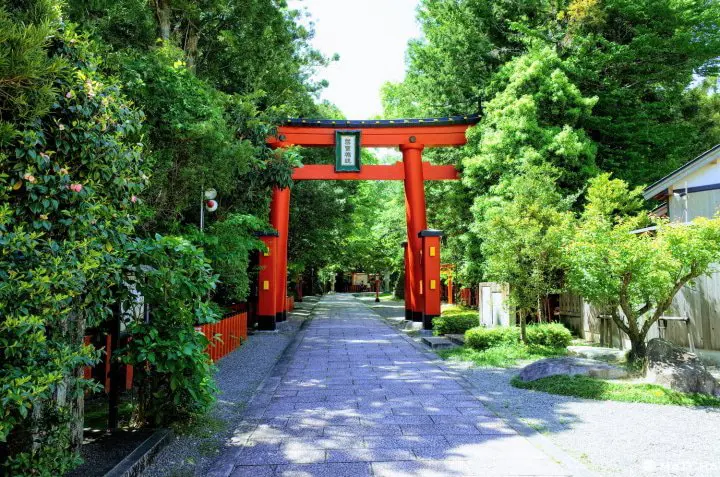Japanese Religion: Differences Between Temples And Shrines

In Japan, you'll find Shinto shrines and Buddhist temples in every city, town, or village, and even in remote mountain areas. Read on to learn about the features of shrines and temples and the differences between them.
The Difference between Temples and Shrines in Japan
Temples and shrines are two of the most common historical buildings you will find while visiting Japan. But how do you tell the difference between the two?
In the simplest terms, temples are Buddhist, while shrines are Shinto. Temples have a large incense burner and many Buddhist statues, and may or may not have a graveyard attached to them, while shrines have a large, often vermilion red, torii, or sacred gate, standing in front of them.

A statue of Buddha is called a Butsuzo, which means 'God’s figure'.

Here is a torii indicating the entrance to the sacred shrine area.
How do Buddhism and Shintoism Differ?
Buddhism was originally brought from India to China, then brought and spread throughout Japan during the Heian era.
On the other hand, Shintoism originated in ancient Japan. The idea of Shintoism is that there are thousands of different kinds of Gods in this world, such as mountains, rivers, stones, and trees. It is said that there are eight million gods in Japan, although this figure is intended to mean that there are an infinite number of gods and goddesses presiding over a wide variety of different topics.
Both are very familiar to the average Japanese person, although many Japanese people do not consider themselves to be especially religious. Temples and shrines are visited interchangeably for New Years, but traditional Japanese weddings are held at shrines, and funerals at temples. This connection of belief has existed in Japan for centuries.
Definitions of a Temple and a Shrine
Temple
Monks live and train themselves at a temple. There are statues of various Buddha in many different categories such as Dainichinyorai, Yakushinyorai, Shokanzeonbosatsu, and many others depending on the sect of a given temple. Visitors should not feel pressured to learn the difference between each category of Buddha or of Buddhism in Japan, but it would make your trip more interesting and educational if you research them or ask the monks about the differences during your trip. Buddhism believes that a spirit of Buddha exists inside a statue. You can see the buddha (Hotoke-sama) at a temple during the time it’s open too.
Shrine
It is said that the spirits of the Gods of Japan exist as a sacred object which is enshrined inside the building. The location of a shrine is related to the sacred nature of a place where a holy ceremony took place in the past. Shinto priests and shrine maidens work there all year round and prepare a variety of ceremonies. You will go through a torii (a sacred barrier made of stone or wood) to enter a shrine. It is said that a torii acts as a gate between this world and the world of gods. The name of a shrine is often based on the kinds of gods worshiped at the shrine. Large and well-known shrines are called Jingu or Taisha. Examples include Meiji Jingu in Harajuku, Ise Jingu in Mie Prefecture, and Izumo Taisha in Shimane Prefecture.
Enjoy the Serene Atmosphere!
Everyone is welcomed at a temple and a shrine, regardless of your own personal beliefs. You don’t have to be a follower of the religion to enjoy the peace that these places share, so if you are looking for a serene spot to stroll, visit a temple or shrine during your time in Japan.
東京生まれ東京育ち東京在住の20歳。大学生をしています。動物とたわむれることと散歩をすることがとっても好きです。世界中の野生の動物に会いに行ったり、世界中の街を散歩しに行ったり、いつかできたらいいなぁ、なーんて思ってます。




































![[Coupon Available] Attention Overseas Winter Sports Fans! Nagano's Sports Depot Has Evolved](https://resources.matcha-jp.com/resize/720x2000/2026/01/05-254819.webp)
![[2 hours from Tokyo ] 10 Quiet and Breathtaking Views of Mount Fuji in Yamanashi Hokuto City , Yamanashi - Part 2](https://resources.matcha-jp.com/resize/720x2000/2025/12/16-253037.webp)

![[Reopening in March 2026] Ikoma Sanjo Amusement Park Park, 45 minutes from Osaka , with free admission](https://resources.matcha-jp.com/resize/720x2000/2024/08/28-194409.webp)